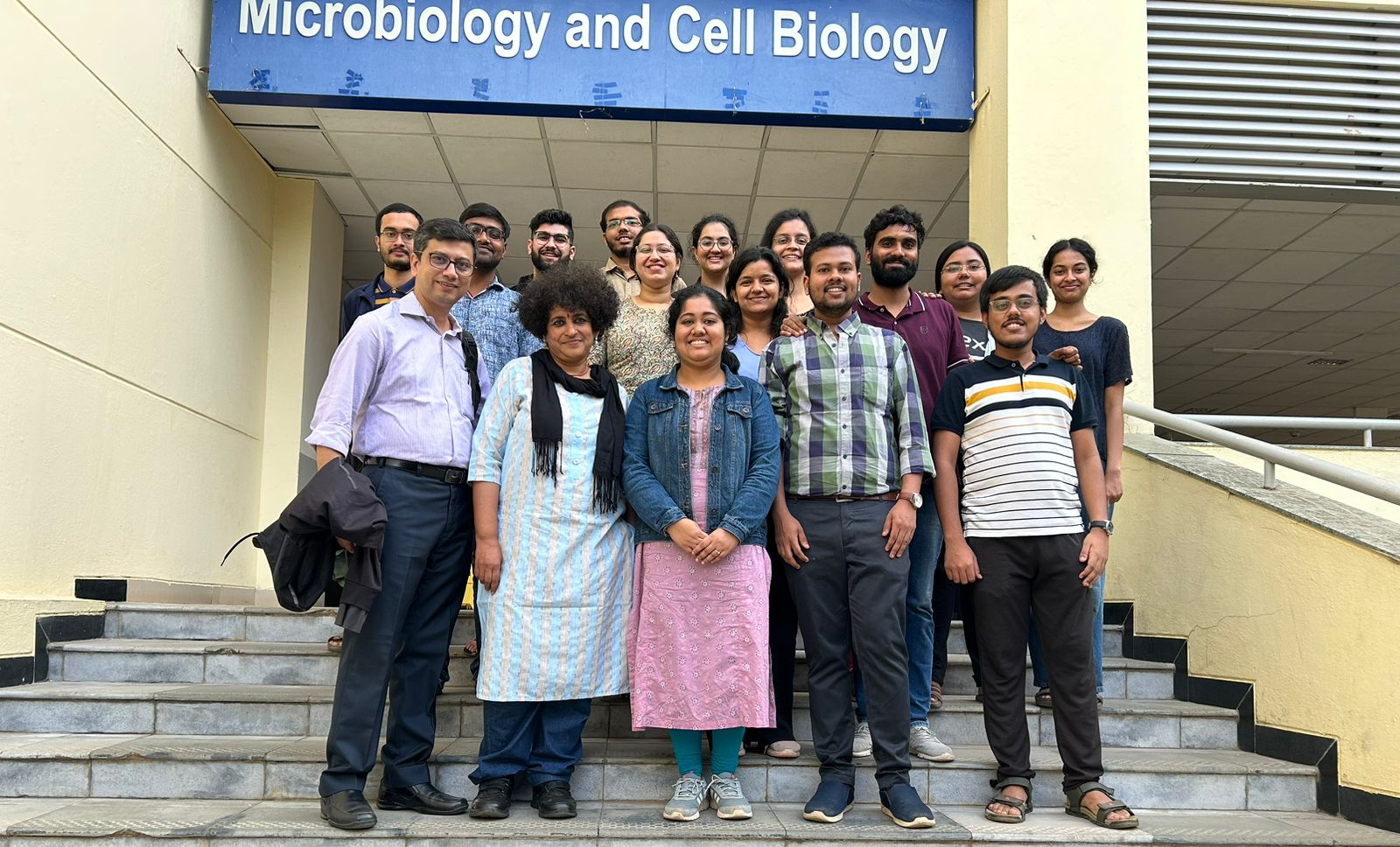
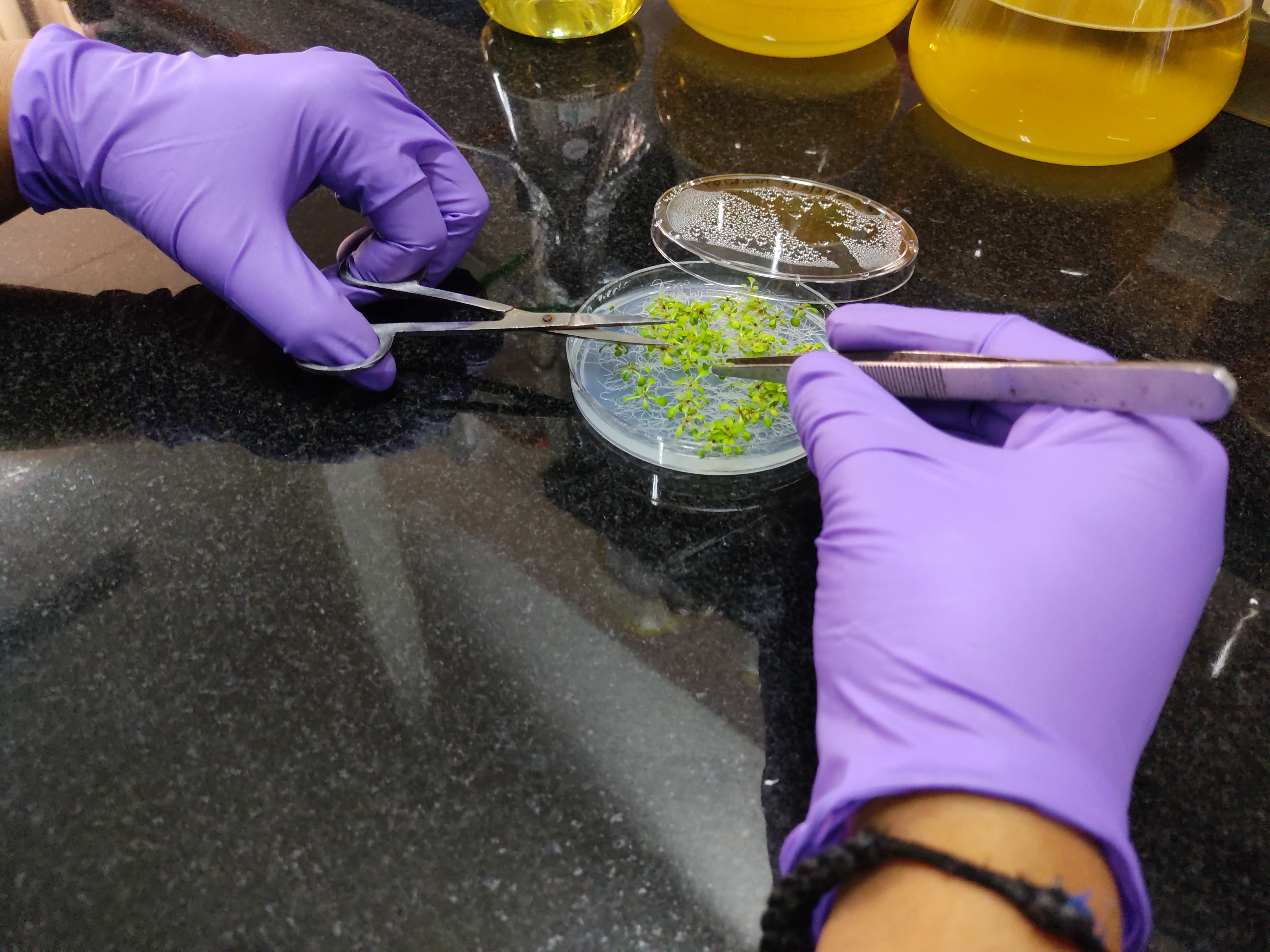
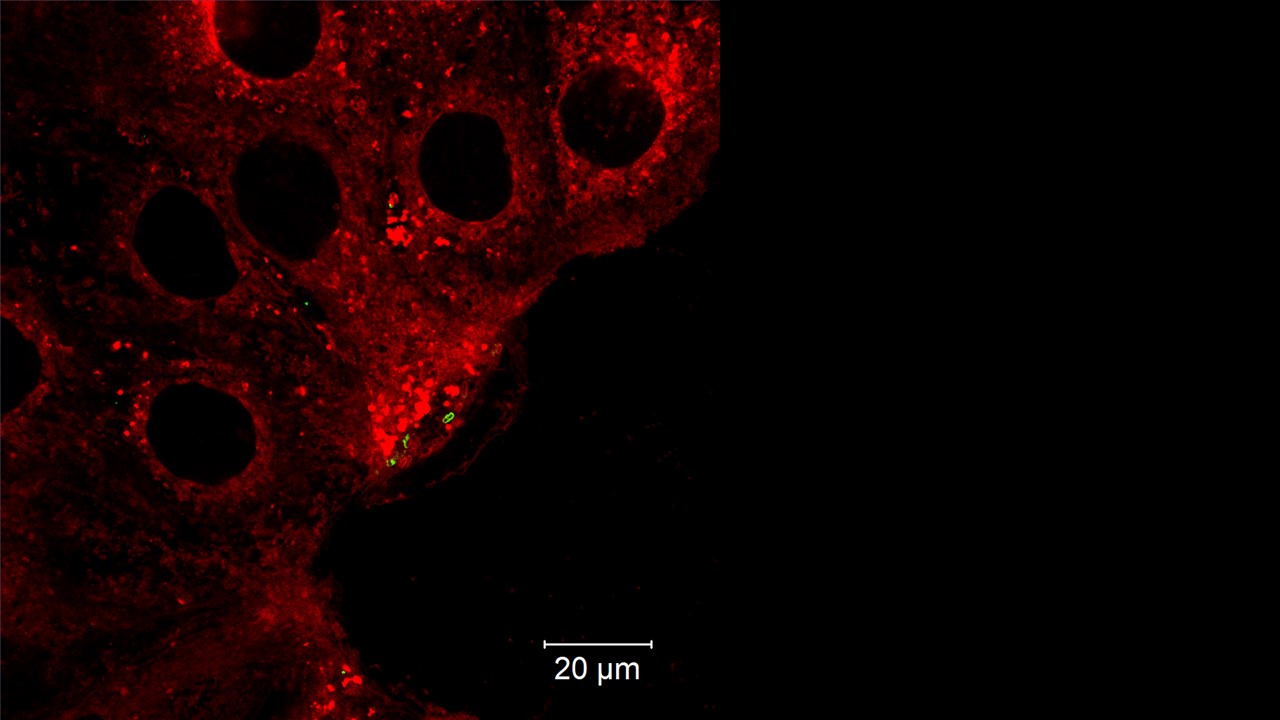
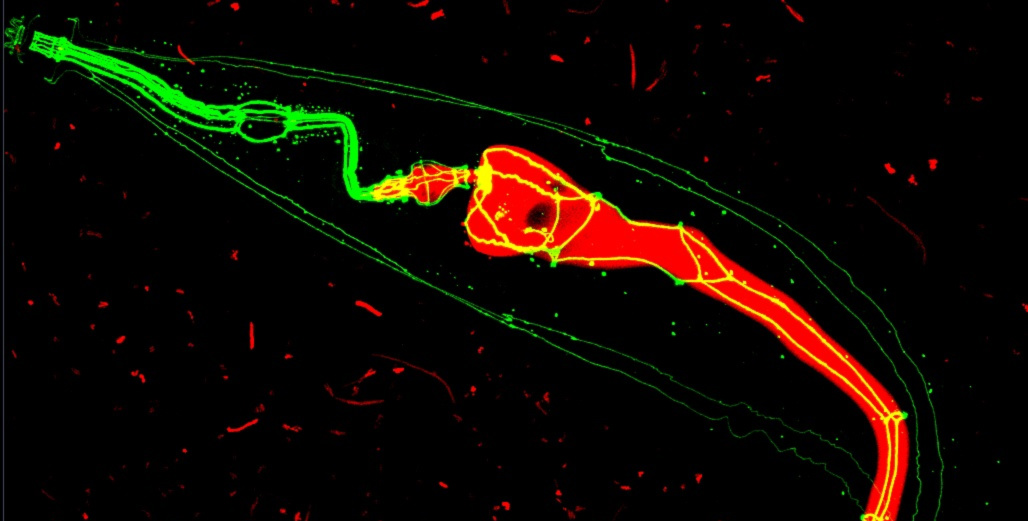




Bacteria with its microscopic size can conquer humans, animals, and plants. We exist due to these bacteria, and we can also perish due to these bacteria. The friendly and foe bacteria are the “Ying Yang” of our life. The pathogenic bacteria can harm the host and can live multiple lifestyles. They can be invasive or choose to remain extracellular. Once inside the cell, they have the choice to either live in an enclosed compartment or come out and live free in the cytosol of the host. Though it is very lucrative for the bacteria to come out and enjoy the rich cytosolic environment of the host, it does come with a lot of challenges. So is the case with the vacuolar bacteria, which decides to stay in nutrient-poor enclosed compartments and exerts its pathogenesis. The critical question which interests our lab is to understand how the life of bacteria in a vacuole remains maintained and how it manages to survive and lead to a successful infection.
Our model system is Salmonella, which is an intravacuolar pathogen. Salmonella contributes to the major health burden among other infectious diseases. Due to its ability to infect a wide array of hosts, the situation is complicated. CDC has categorized Salmonella as a class III Bioterror organism. The division of these intravacuolar pathogens is of great interest to us because of the complexity involved in the process of bacterial division which is enclosed with a host membrane. We are also asking another important question how quorum plays a role in communicating these compartmentalized bacteria. The therapeutics of dealing with vacuolar bacteria is tedious as the drug hardly reaches the niche. We have developed certain novel ways by which we can deliver the antibiotic to the infected tissues. The research covers various aspects of pathogenesis and tricks used by Salmonella, the communication among them and finally having a way to curb them. We use a wide range of hosts spanning cell lines to higher eukaryotes like C. elegans, A. thaliana and mice to understand the host-pathogen interactions. To study the same, we use quantitative fluorescence microscopy eg. confocal laser scanning microscopy, live-cell imaging, genetic manipulation of bacteria, immuno-based assays (Immunoblotting, ELISA, FACS), TEM, SEM, AFM, Mass spectrometry, HPLC etc.
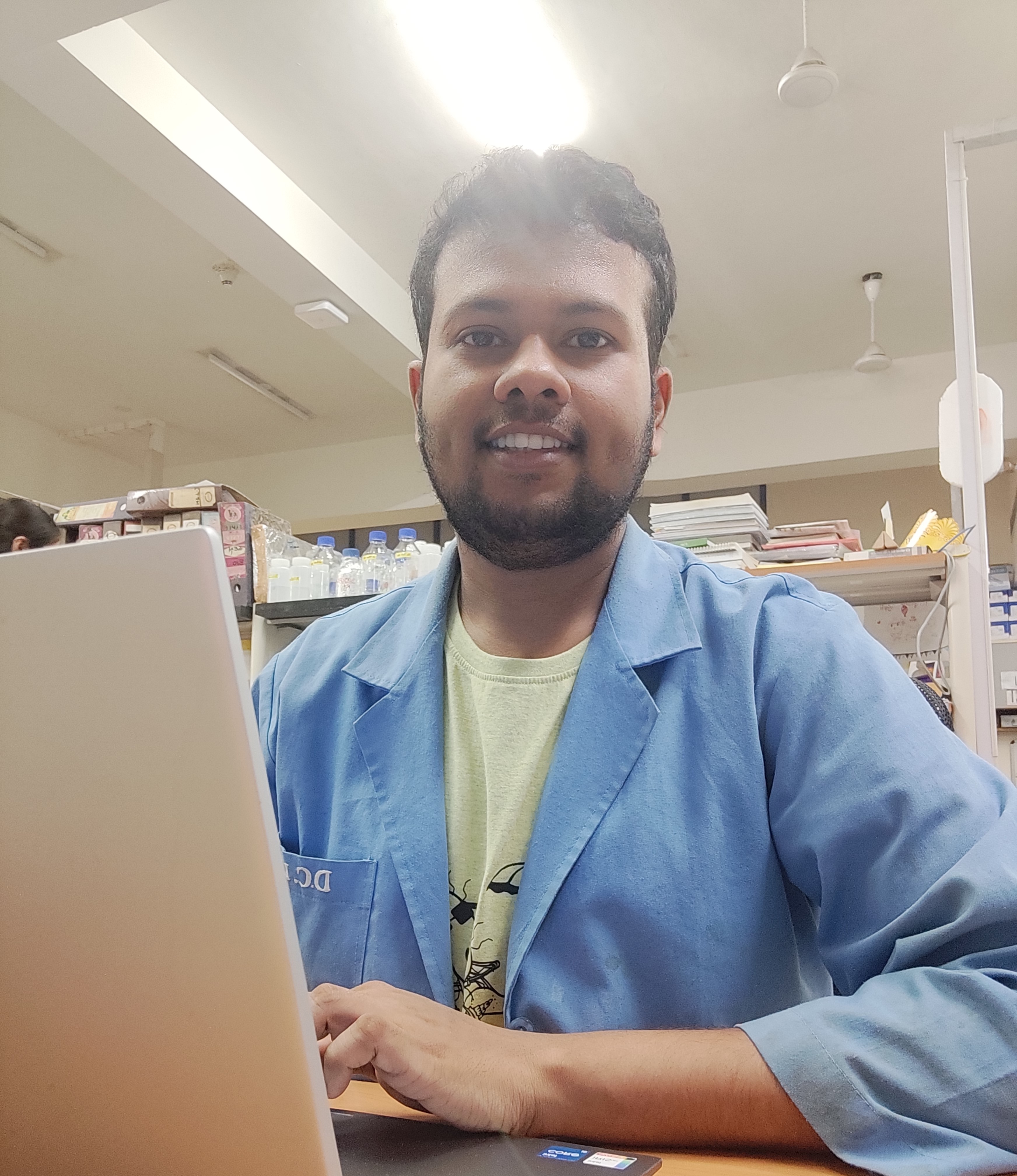
Email : abhilashnair@iisc.ac.in
Designation : phd_student
Category : Microbiology, Virology, and Immunology
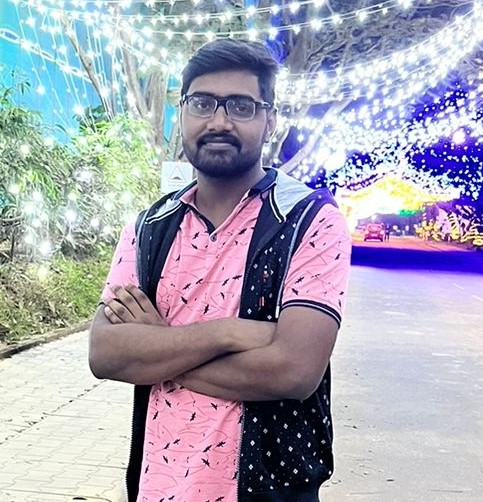
Email : abhishekbisw@iisc.ac.in
Designation : phd_student
Category : Microbiology, Virology, and Immunology
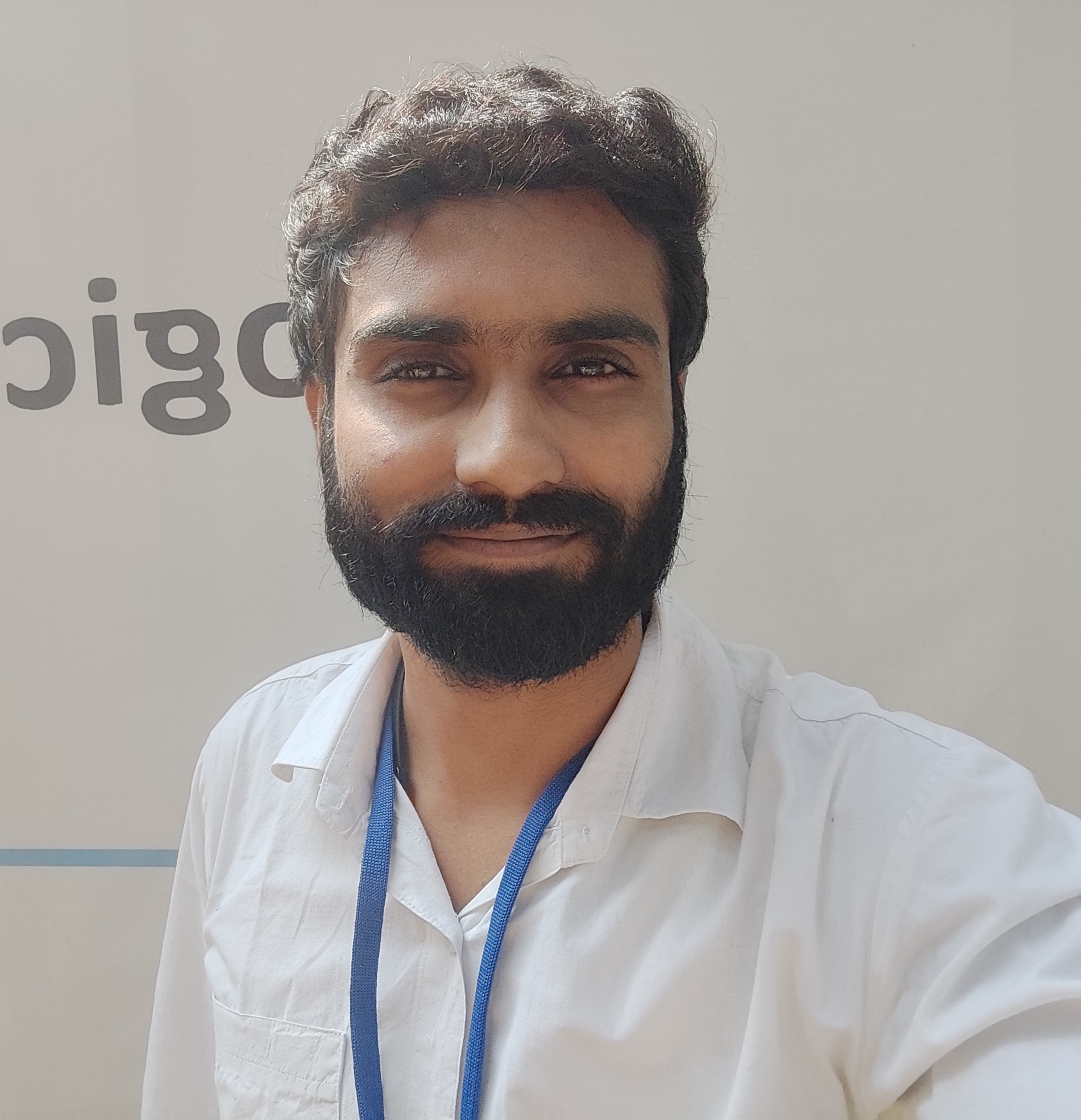
Email : anmolsingh@iisc.ac.in
Designation : phd_student
Category : Microbiology, Virology, and Immunology
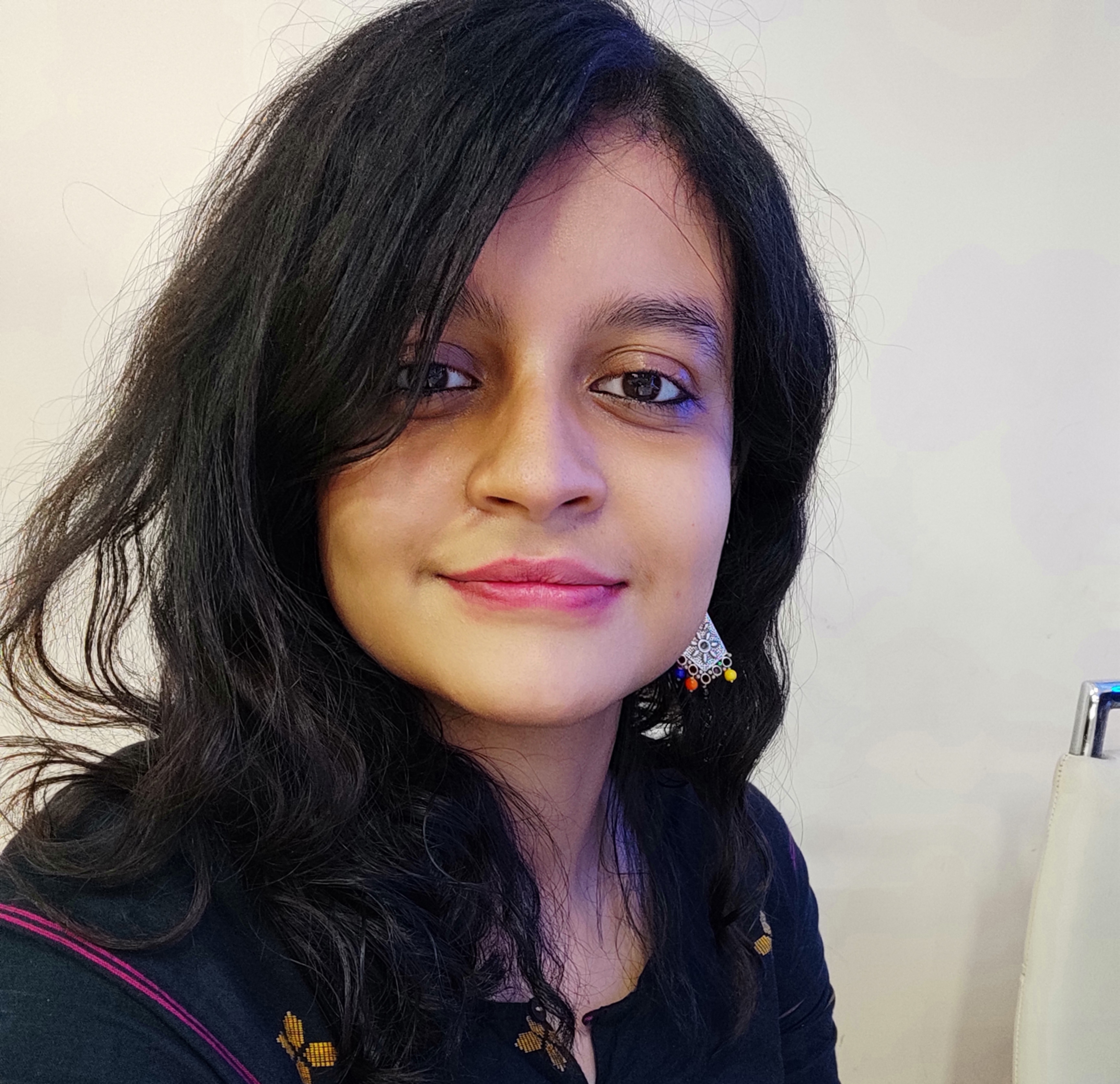
Email : debapriyam@iisc.ac.in
Designation : phd_student
Category : Microbiology, Virology, and Immunology
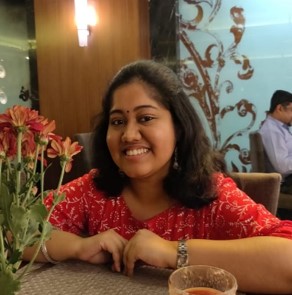
Email : dipasreeh@iisc.ac.in
Designation : phd_student
Category : Microbiology, Virology, and Immunology
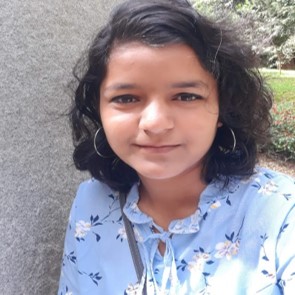
Email : kirtiparmar@iisc.ac.in
Designation : phd_student
Category : Microbiology, Virology, and Immunology
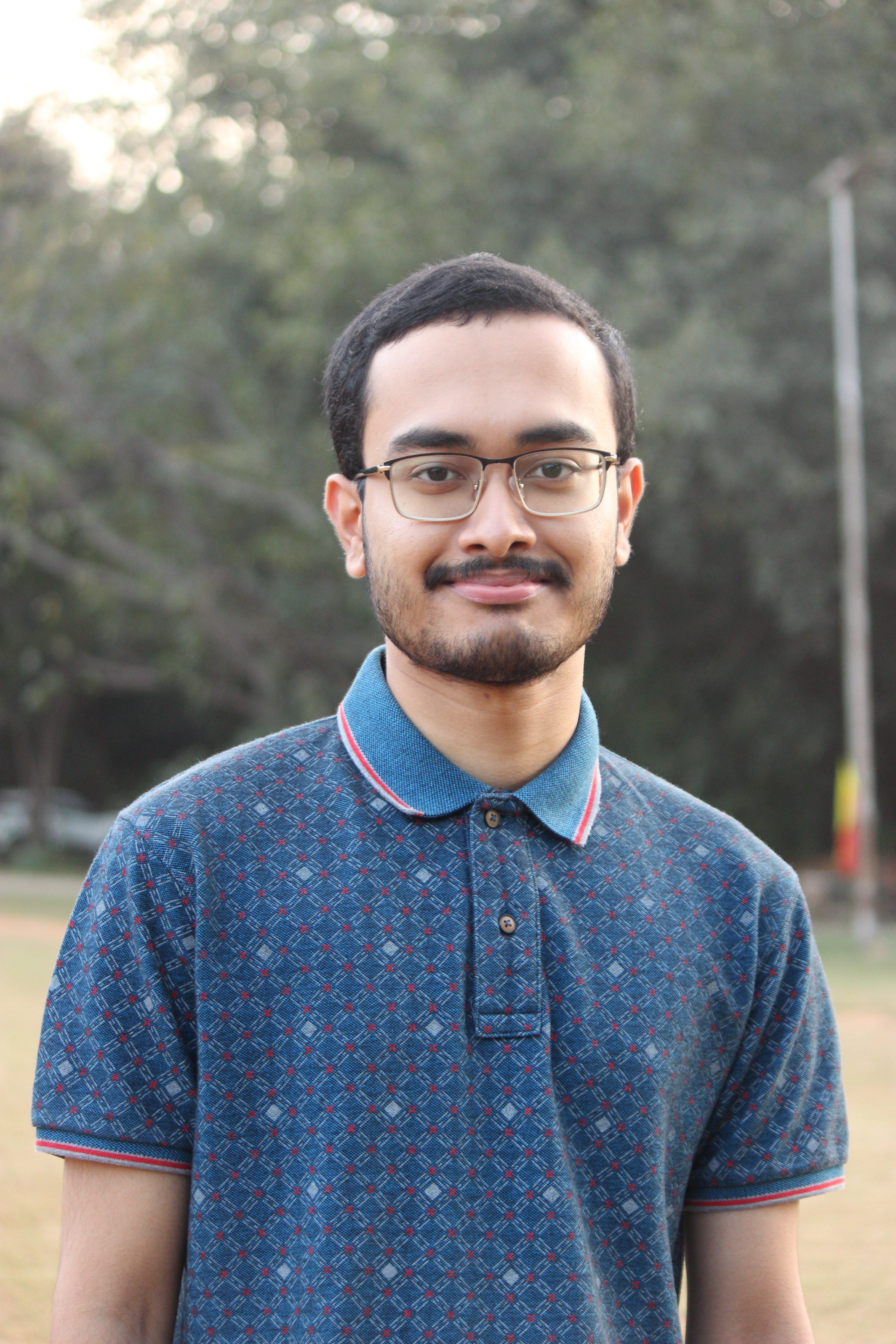
Email : pallabghosh@iisc.ac.in
Designation : phd_student
Category : Microbiology, Virology, and Immunology

Email : priyobratac@iisc.ac.in
Designation : phd_student
Category : Microbiology, Virology, and Immunology
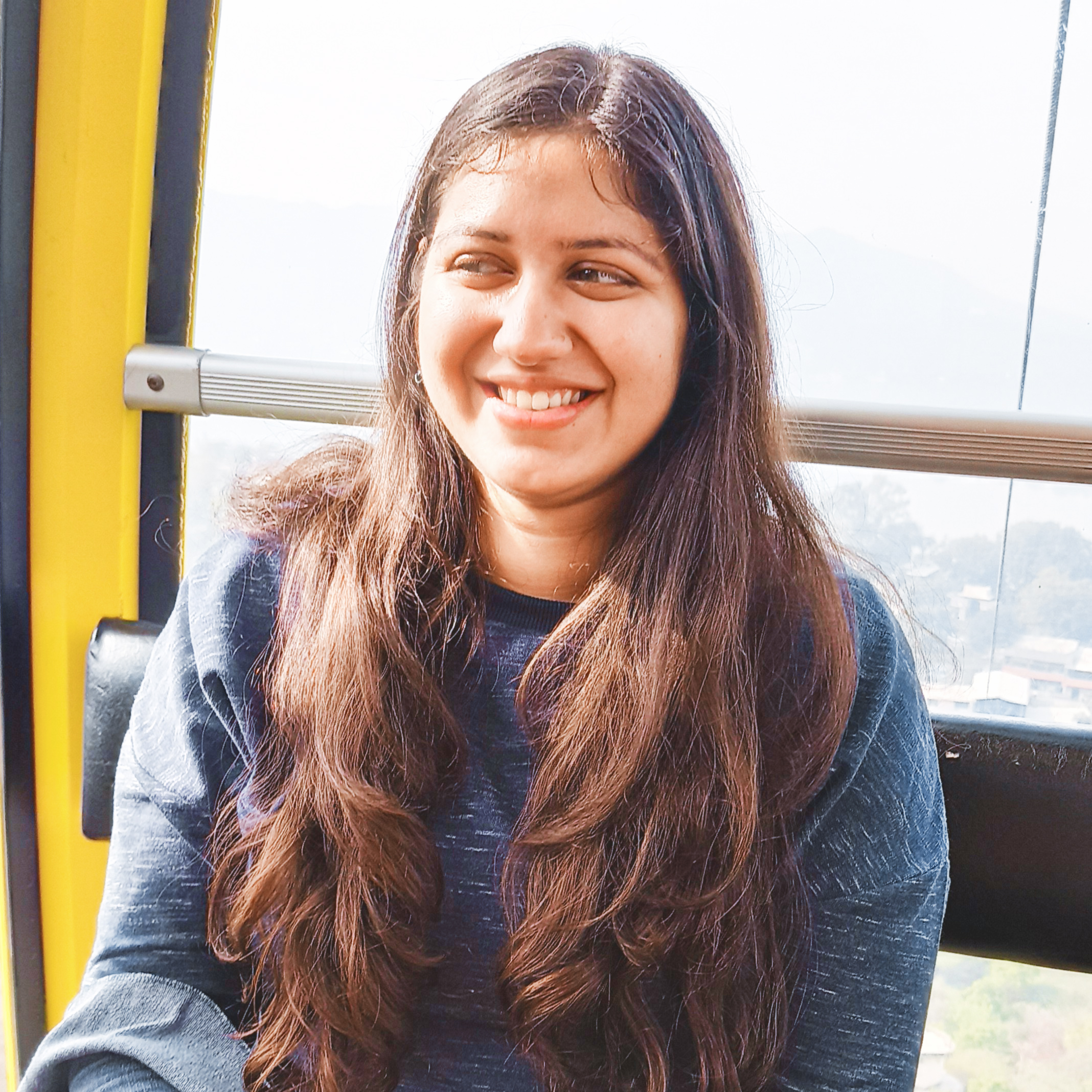
Email : rheavij@iisc.ac.in
Designation : phd_student
Category : Microbiology, Virology, and Immunology
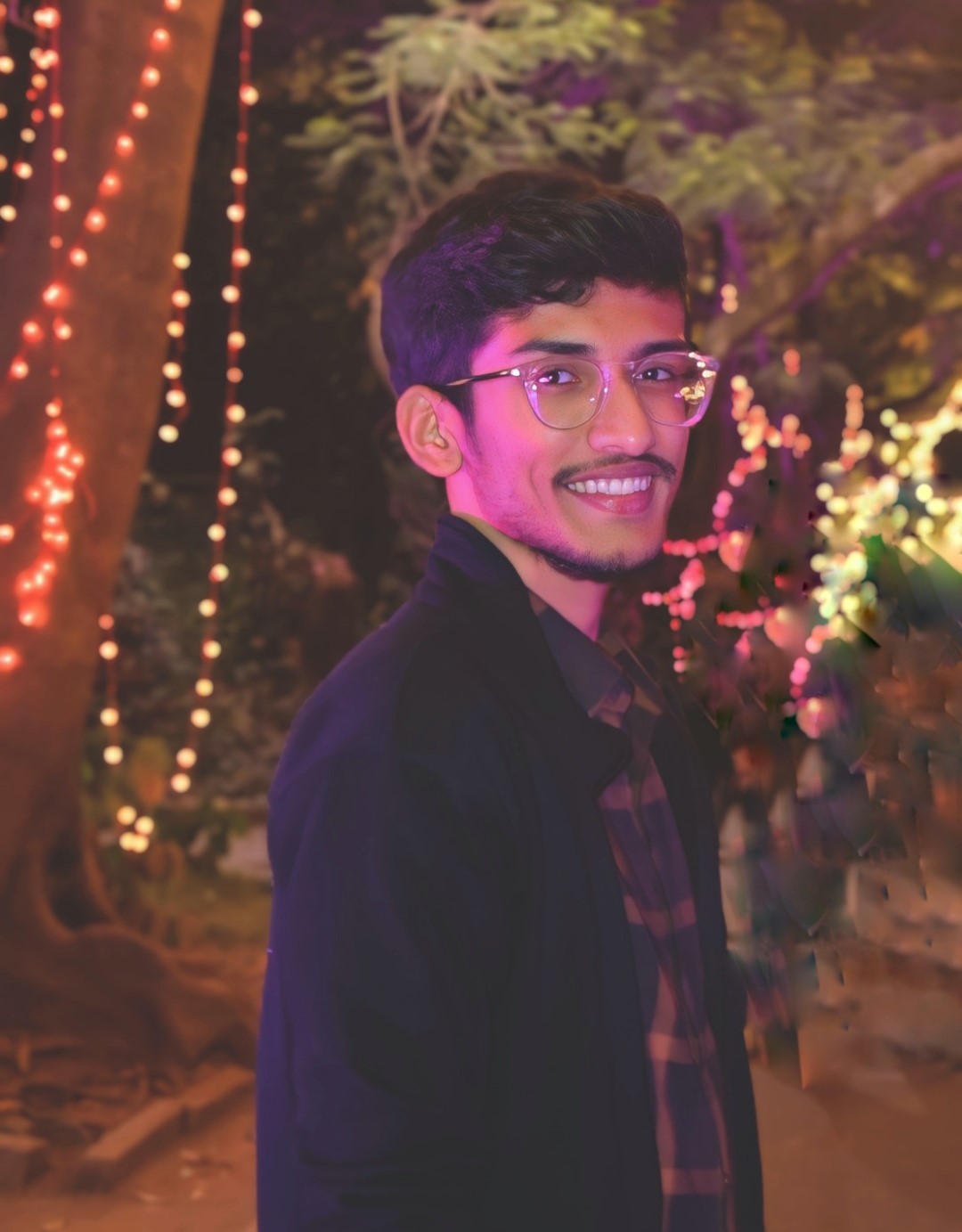
Email : sohamdas@iisc.ac.in
Designation : phd_student
Category : Microbiology, Virology, and Immunology
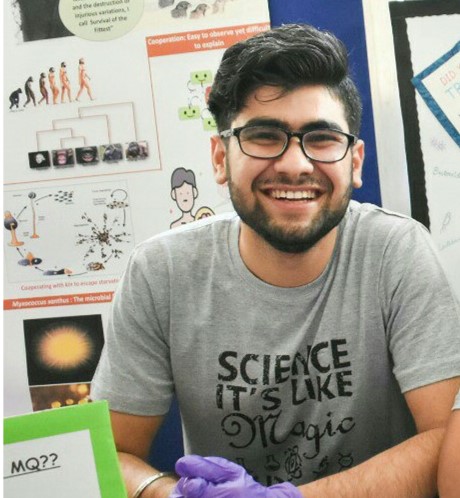
Email : umeshchopra@iisc.ac.in
Designation : Phd Student
Category : Microbiology, Virology, and Immunology
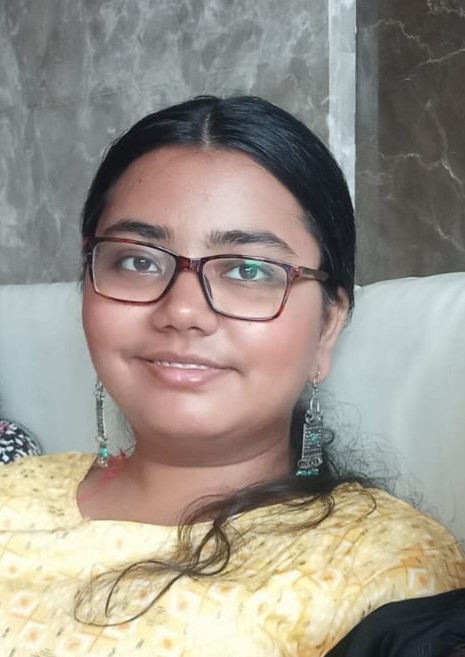
Email : yogytakumari@iisc.ac.in
Designation : phd_student
Category : Microbiology, Virology, and Immunology